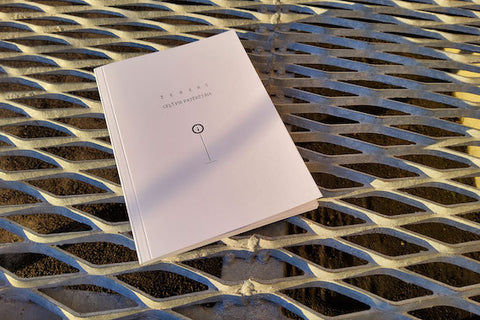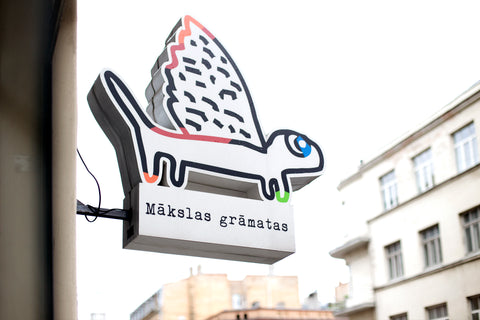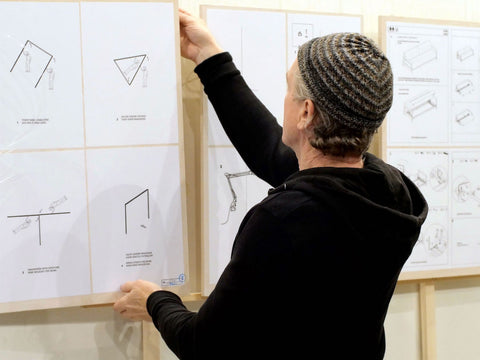
The third collection of poems A Journey to the Consumer by Žebers
A Journey to the Consumer is Žeber's third collection of poetry, previous poetry book Spirits/Sidefects was released 14 years ago.
“When purchasing any product, including this book, the buyer or consumer meets a reference material accompanying the product, which contains instructions on the product and its use. If you have purchased furniture, the accompanying material will include a set of visual and graphic images showing how to put the item in the correct order for use, or in the case of household appliances, how to position and connect it properly to make it work. The longevity of the product and the safety of the consumer depend on how logically and sequentially the order of actions will be indicated. The book A Journey to the Consumer is intended for a closer look at all kinds of visual signs and indications,” says the author.
Raimonds Ķirķis, the editor of the book, states: “One must be careful in a world where mass production has developed to such an extent that products are endowed with consciousness. Their intentions are misleading, their functions unruly, but the will turns out to be the very opposite of human. Žebers knows the secrets of our most passive everyday companions and has warned us in time. The book can be used for educational purposes.”
Žebers (original name Andris Breže) is a poet and artist. Žeber's collection of poetry Spirits/Sidefects (2007), published in the publishing house Neputns, received the The Annual Latvian Literary Award in the category Poetry in 2008.
Supported by: State Culture Capital Foundation

Neputns gallery open on Saturdays
From November 27th until December 18th Neputns gallery (Tērbatas 49/51) will be open also on Saturdays. Working hours 11.00-15.00.

Exhibition of Žeber's book in Neputns gallery
Until December 7th, in gallery Neputns there will be the opportunity to view an excerpt from the poet Žeber's book "A Journey to the Consumer". The book is available to readers, and we offer an opportunity to get acquainted with the book on a bigger scale.

November Sale
Only in November the encyclopaedic publication "People and Events in Latvian Lands from the Leaving of Ice to Latvian State" is available for a special price - 29 EUR (before 40 EUR).
The book is a comprehensive chronological and encyclopaedic overview of the events in the cultural space of Latvia over ten centuries. It begins with the time when ice melted in Baltic lands till 1918 when the Republic of Latvia was proclaimed.
More: People and Events in Latvian Lands from the Leaving of Ice to Latvian State

Selection of poetry by Vasko Popa
Vasko Popa (1922–1991) was one of the most brilliant Yugoslav poets of the second half of the 20th century, with a unique, idiosyncratic poetics that gained recognition not only in his homeland, but also in the international literary world.
“Vasko Popa is generally regarded as an innovator of post-war Yugoslav poetry, however strange it may be to call a poet whose work has such a strong timeless, mythical, even archaic dimension. Folkloric motifs, dark humour and the discoveries of twentieth-century modernist movements, in laconic expression, have synthesised in his work into a vividly individual poetics. The corpus of Vasko Popa’s works is a book written for a lifetime – a body that is coherent in content and form, albeit with apparent internal development and unexpected turns,” says the translator Arvis Viguls.
The publication continues the black poetry series of Neputns, which presents works by modernist and contemporary poets from different countries.
Supported by: State Culture Capital Foundation, programme "KultūrELPA"